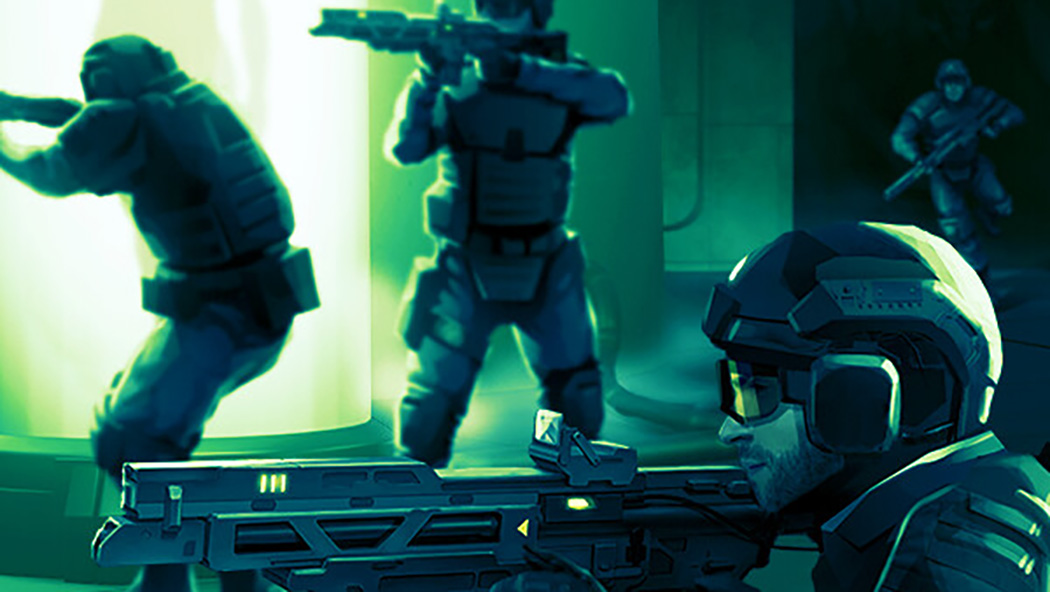
The problem with saving the world from alien invasion is it can be difficult to know what to do next.
Transforming a clandestine global organisation from being clay pigeons for alien sharpshooters into the kind of force that can take down extraterrestrial motherships is an experience that's difficult to beat, and every successful X-COM game has grappled with following up such an alluring premise. Julian Gollop looked to the sea for inspiration, resulting in 1995's Terror from the Deep. Firaxis's XCOM 2, meanwhile, solved the problem with a clever bit of retconning. "Surprise sucker, you lost!" it yelled in the player's bewildered face. "Now you're fighting a guerrilla campaign against a hybrid human-alien dictatorship! How do you like THOSE bananas?"
Both games were ingenious ways of building a sequel that followed logically from the first game, while reinvigorating the entire concept at the same time. By comparison, Xenonauts 2's response is "What if you saved the world again, but… more?"
That premise has stood the test of time for a reason, and Xenonauts 2's variant is both broad in its canvas and rich with detail. But as I ferried my Nth dropship of grey-suited soldiers to their probable death, I couldn't help but feel like the novelty had worn a teensy bit thin.
The 2014 Xenonauts emerged from a desire to restore all the '90s tactical cruft that Firaxis' XCOM reboot surgically removed. Like its predecessor, Xenonauts 2 scoffs at XCOM's starting squad size of four soldiers, stuffing your dropship with nine sentient blood-bags from the first mission onward. Overwatch isn't an ability you activate, its range and spread delineated by an obnoxious blue cone. It's just something that happens if any unit has sufficient time points in reserve, making every step toward your alien foes a heart-stopping gamble. Your soldiers must be directly instructed to turn to face enemies and crouch behind cover, all of which cost precious time points and will mark the difference between life and death.
As someone who has played new XCOM but not old X-COM, I found these differences to be challenging at first. And by challenging, I mean fucking infuriating. Didn't check the corners of that barn you just entered? Well, there's a lizard the size of Dave Bautista hiding behind the wood-chipper, so you're dead.
Forgot to change your sniper's ammo clips when you gave him that snazzy laser rifle? WELL, he's run out of ammo three turns in, and is now about as much use as an anal probe.
Don’t have X-ray vision to see through the fog of war that obscures every unchecked tile on the map? WELL, you just got shot from across an entire dockyard because you couldn't predict the future.
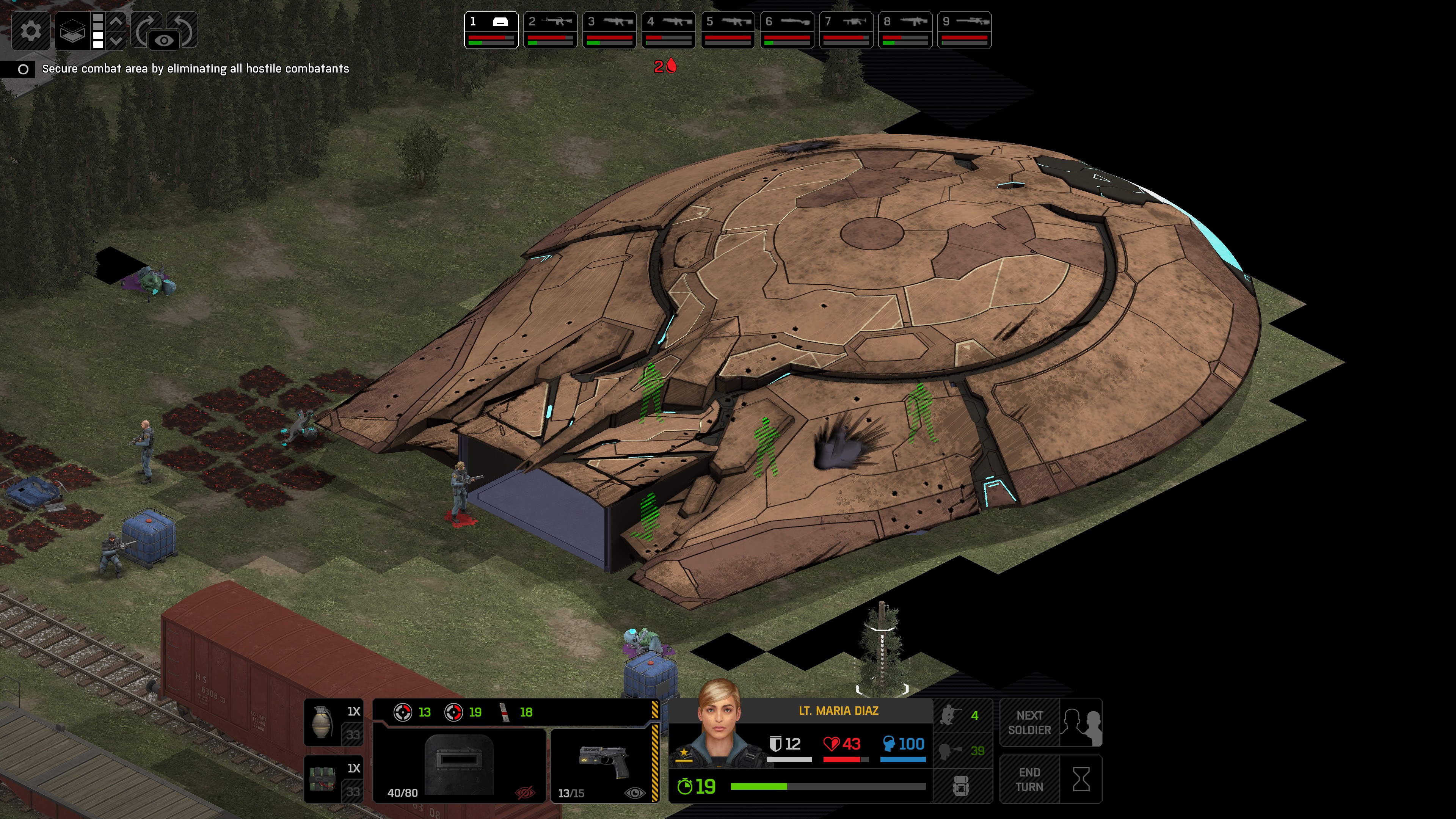
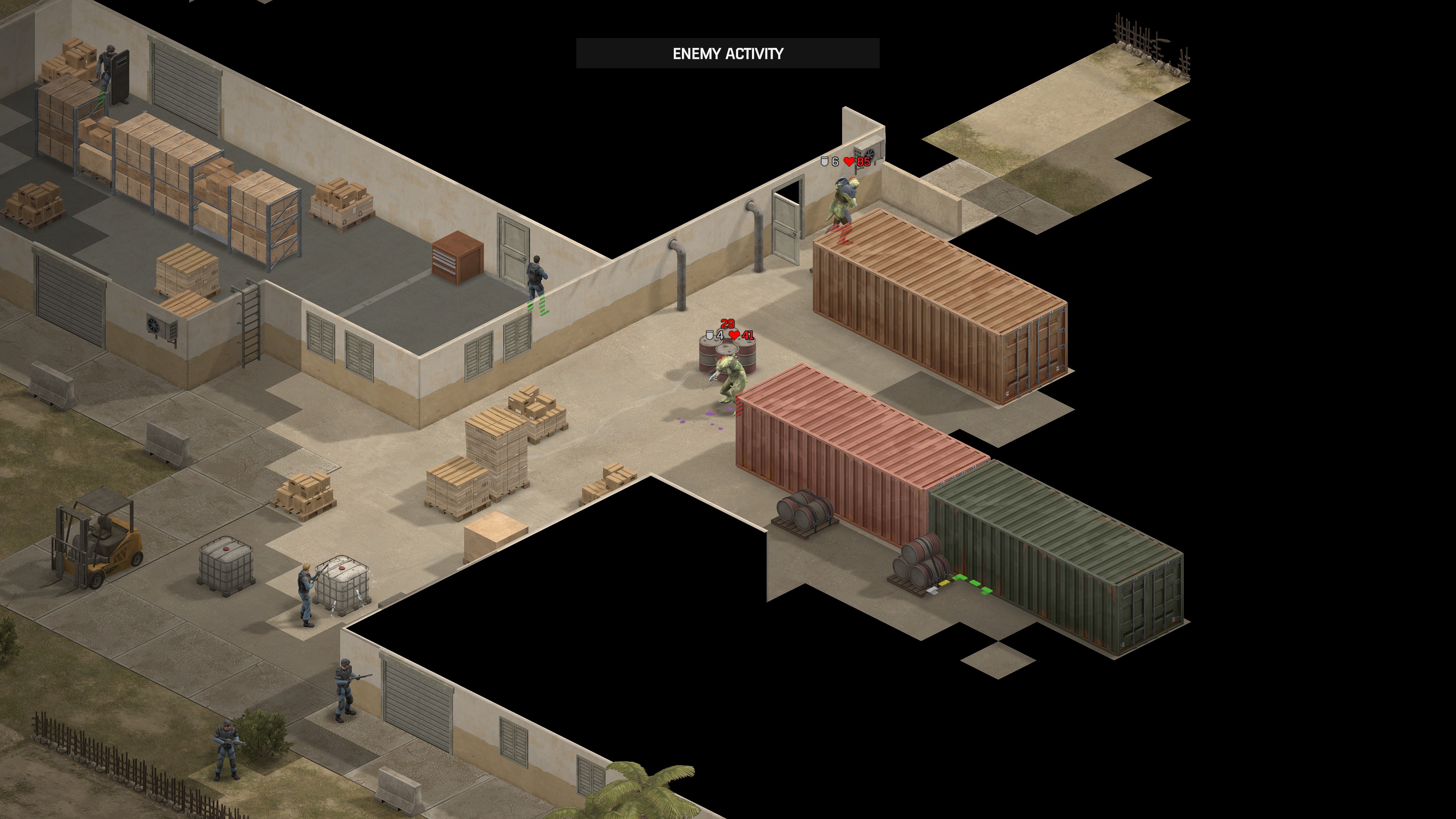
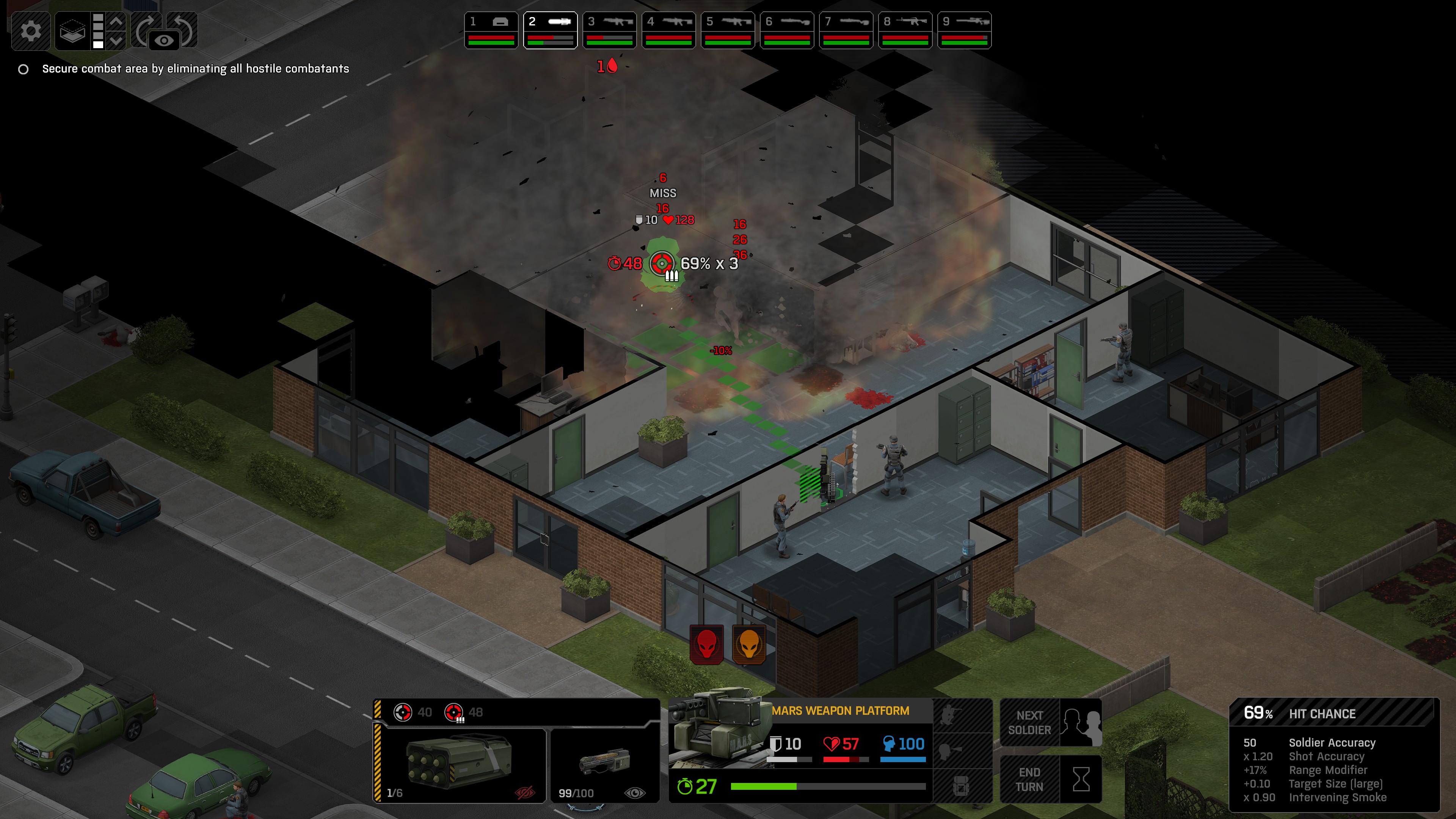
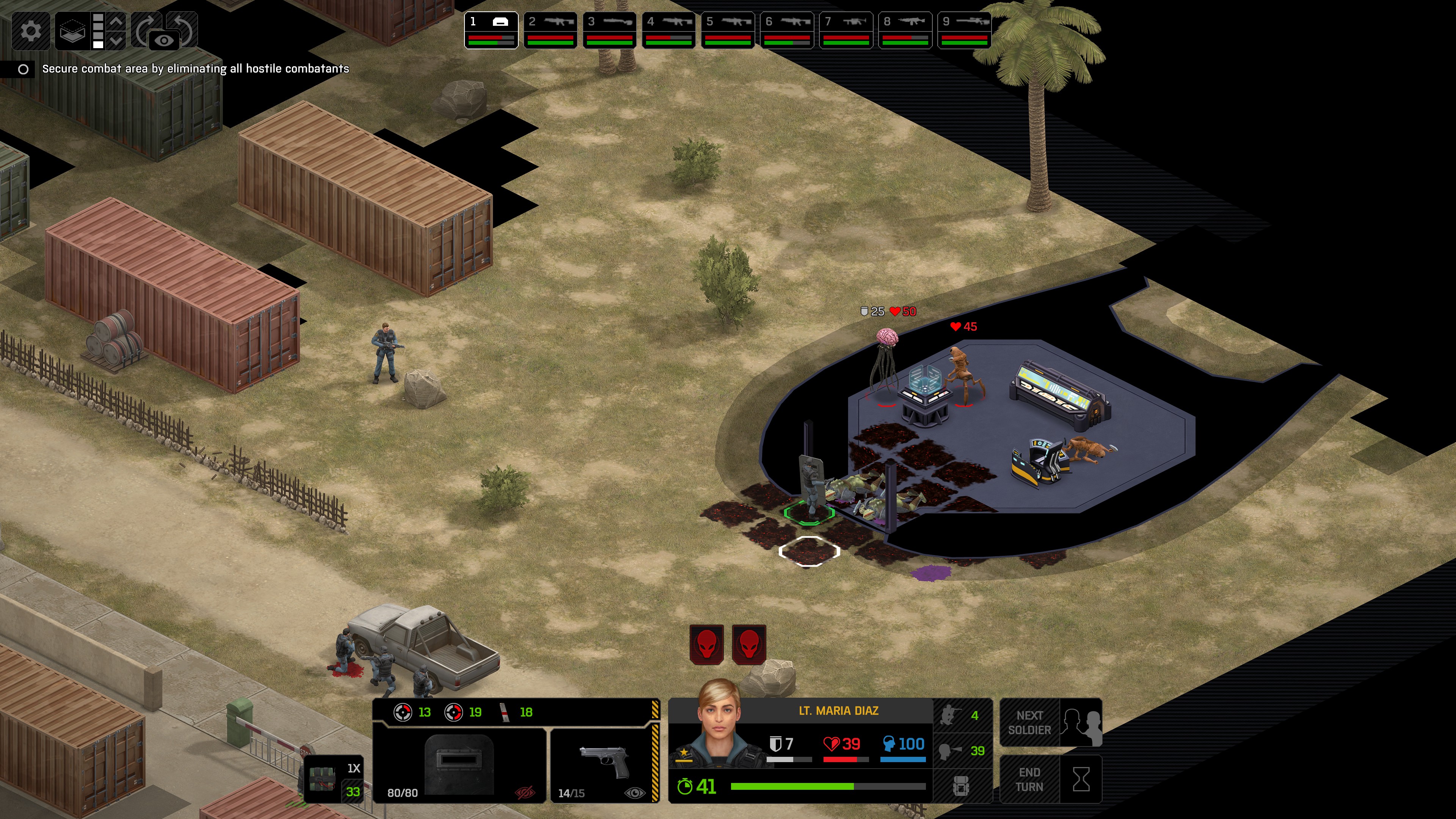
Firaxis was 100% right to remove this stuff from the reboot. Had I been forced to grapple with such fiddly squad management back in 2012, I'd have binned it off faster than a birthday card from Hitler. However, as classic X-COM fans will tell you at any given opportunity, this extra layer is there for a reason, and the more I played, the more I understood why.
Tactics advanced
Yes, losing a xenonaut because you didn't turn them forty-five degrees is annoying. But that same system can help you guard your flanks as you advance through the map, or deftly navigate around an alien's overwatch, as orientation impacts their ability to respond as much as yours. Most of the game's mechanics work like this. An enemy that explodes on death is dangerous to everyone around it, no matter how many limbs or nostrils or pancreases they have.
There are some elements to the tactical layer that I unambiguously dislike, getting shot from halfway across the map by an enemy in the black void being one of them. But there are equally elements that I prefer over Firaxis' design, like the wide range of fire modes that most weapons have. One of Xenonauts 2's great satisfactions is switching out a high-accuracy single shot for a low-accuracy three-round burst and seeing every bullet thud into your target, shortly before they thud into the ground.
There are new elements to the tactical layer too. The way vehicles are implemented into the game has been adjusted. Replacing Xenonauts' bulky, manned scout car is an automated weapons platforms that occupies a single tile like your soldiers. Easier to manoeuvre, it's useful for initial recon of a mission area, while its missile banks are great for dealing with large groups of enemies. These platforms are also modular, and can be equipped with new and upgraded weapons just like your soldiers can. They're big metal bullseyes for the aliens and get destroyed easily, but they're a lot easier to put back together than a person.
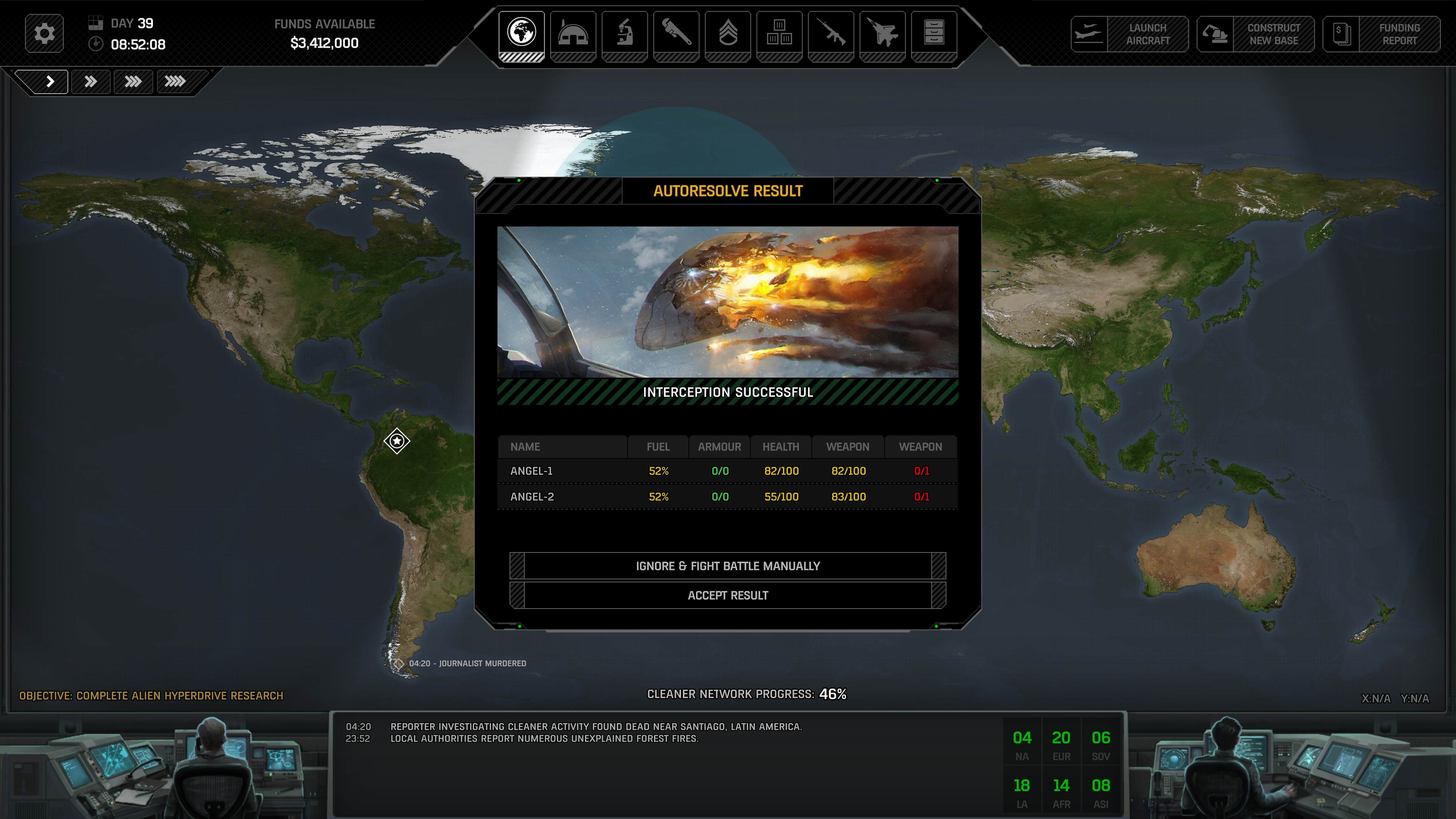
Once your Xenonauts have completed a mission (or died trying), the game zooms out to the global view of the Geoscape. Here you research new tech, construct new weapons and equipment, manage and expand your base (and build new ones), and watch the skies for sightings of UFOs and other alien activity. It's very familiar, a point I'll elaborate on later. But one thing Xenonauts has to its advantage is variety. Missions are diverse, ranging from thwarting abduction and terror events to salvaging the wreckage of increasingly large and dangerous UFOs. Almost every new mission sees you facing some new threat or trying out new weapons and equipment. Objectives are neatly breadcrumbed through the game too, even if many of them are your typical capture a UFO/alien affair.
You always want to see what's going to happen next, which is as much a testament to XCOM's enduring premise as it is Xenonauts' own design.
Identified flying objects
There are two criticisms that I'd level at Xenonauts 2. The first is unfair but true nonetheless: it lacks the dramatic flair seen in Firaxis' games. Goldhawk conjures what fireworks it can, and there are artful flourishes throughout. The music is suitably foreboding, while the text reports you receive for alien autopsies and major story beats are evocative and detailed. I also like the short summaries of world events that appear and fade as time passes on the Geoscape, disappearing journalists, political assassination, vast "dead zones" appearing in the ocean. It feels suitably eerie and threatening.
But I love XCOM pulpy bombast, and Xenonauts' more austere presentation just doesn't speak to me in the same way. One issue that particularly bugged me was the measly audio effects on weapons. Yes, an M16 rifle is practically prehistoric compared to an alien plasma gun, but ripping open a Secton with an M16 should still feel satisfying. Instead, it's like shooting bubbles at a bag of flour. Later weapons are a little better, but not much, and none of your xenonauts' actions have much sense of physicality.
My bigger concern is the one that I alluded to at the start—for all Xenonauts does well, there's precious little here that's new or surprising. Xenonauts' biggest divergence from XCOM is how it lets you assume control over the interception of UFOs, directing your fighters from a top-down, radar-like perspective as they dance around the alien craft trading missiles and gatling-gun fire. But by Goldhawk Interactive's own admission, this feature isn't ready in the early access version. It's technically playable, but needs considerable balancing and refinement, to the point where the developers currently encourage you to skip it.
Meanwhile, Goldhawk also attempts to spice up how familiar the first few hours feel with the addition of the Cleaners, a mysterious human faction working in concert with the aliens. Much of the early game revolves around dismantling the Cleaner operation, raiding their offices to steal their data, assassinating their regional leaders to hinder their operations, and ultimately assaulting their headquarters. It's a cool idea. The problem is the Cleaners never feel like much of a threat. All my encounters with the Cleaners put me on the offensive—at no point did I have to respond to or defend myself from anything the Cleaners did.
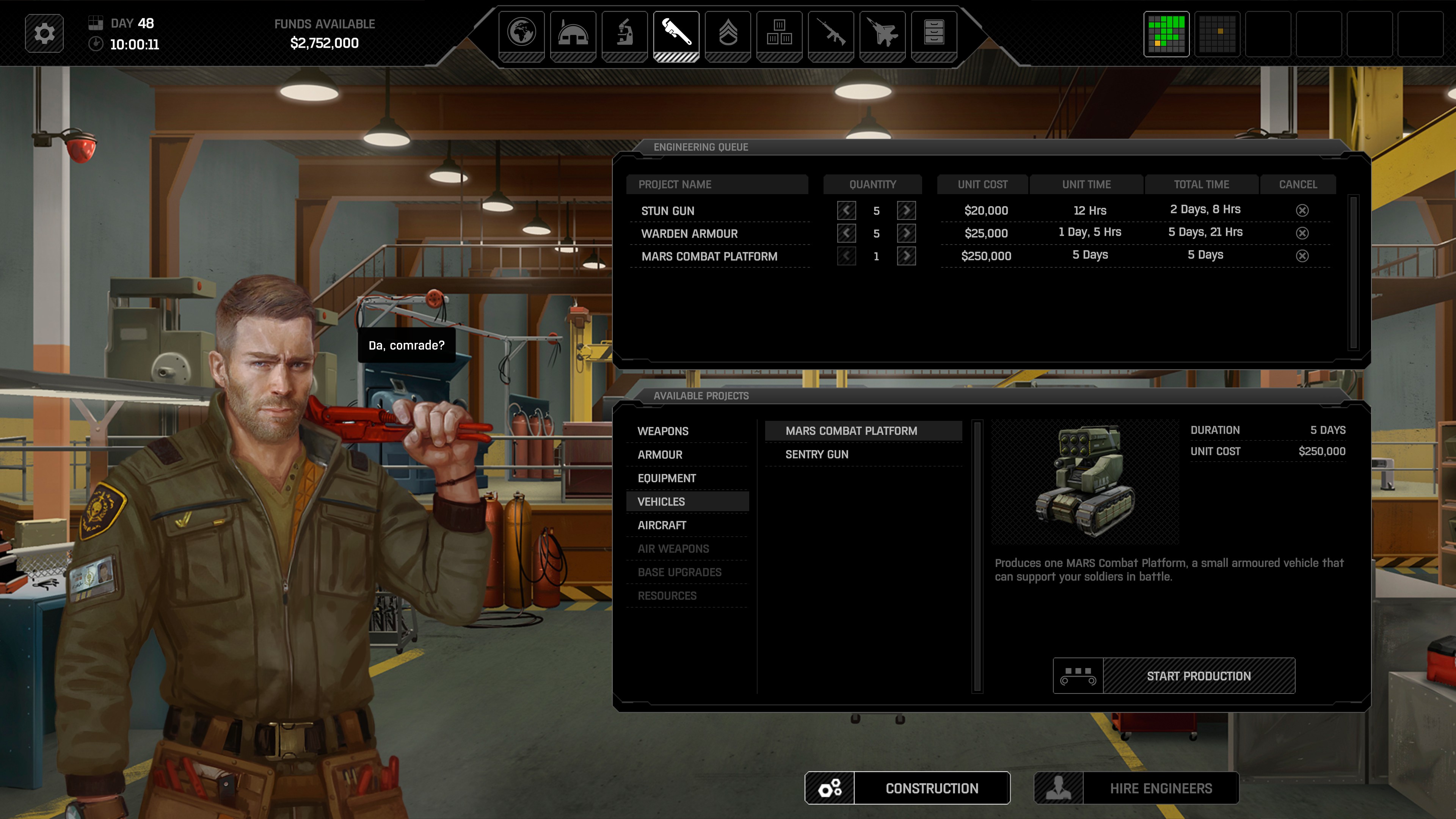
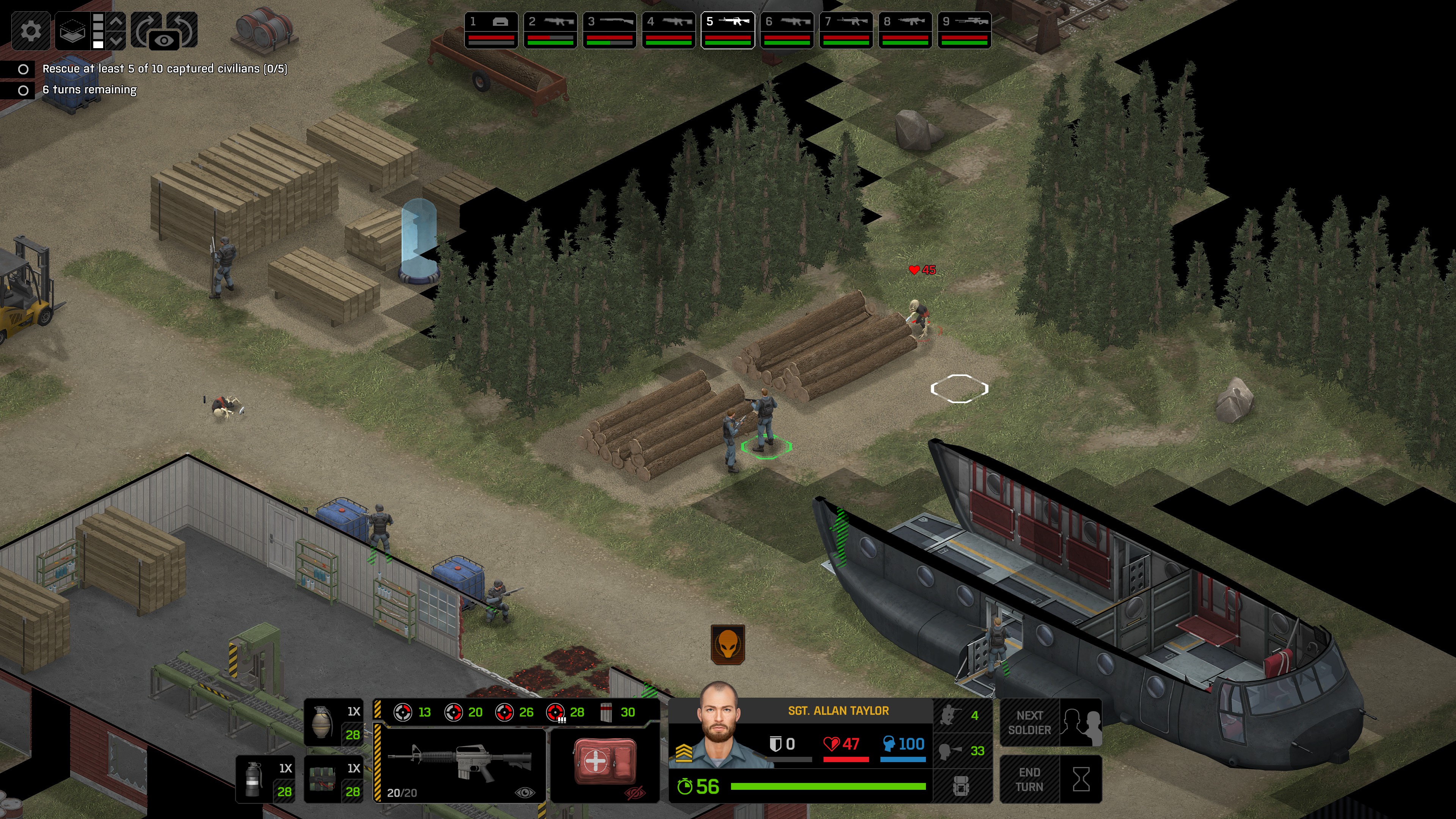
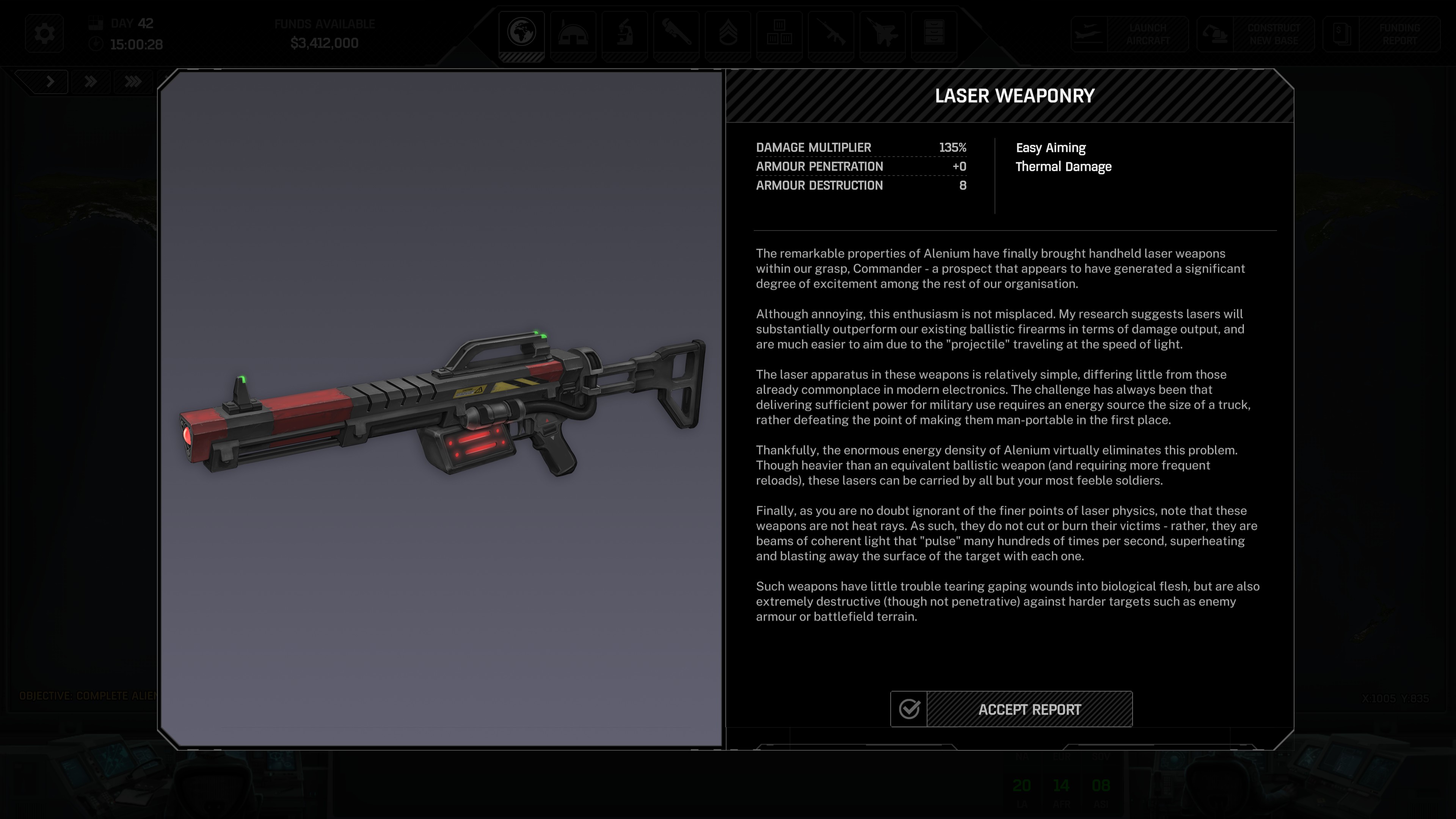
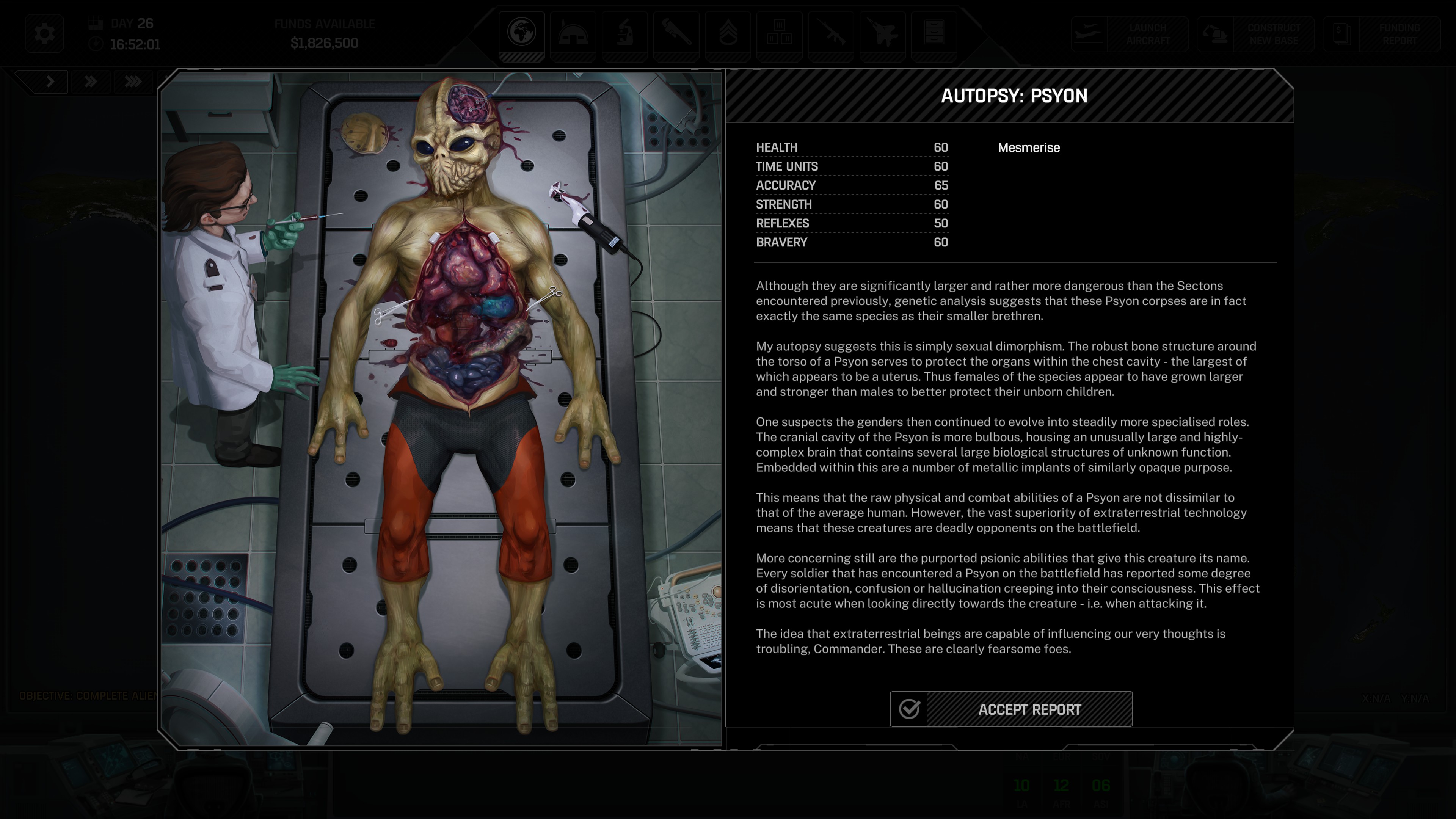
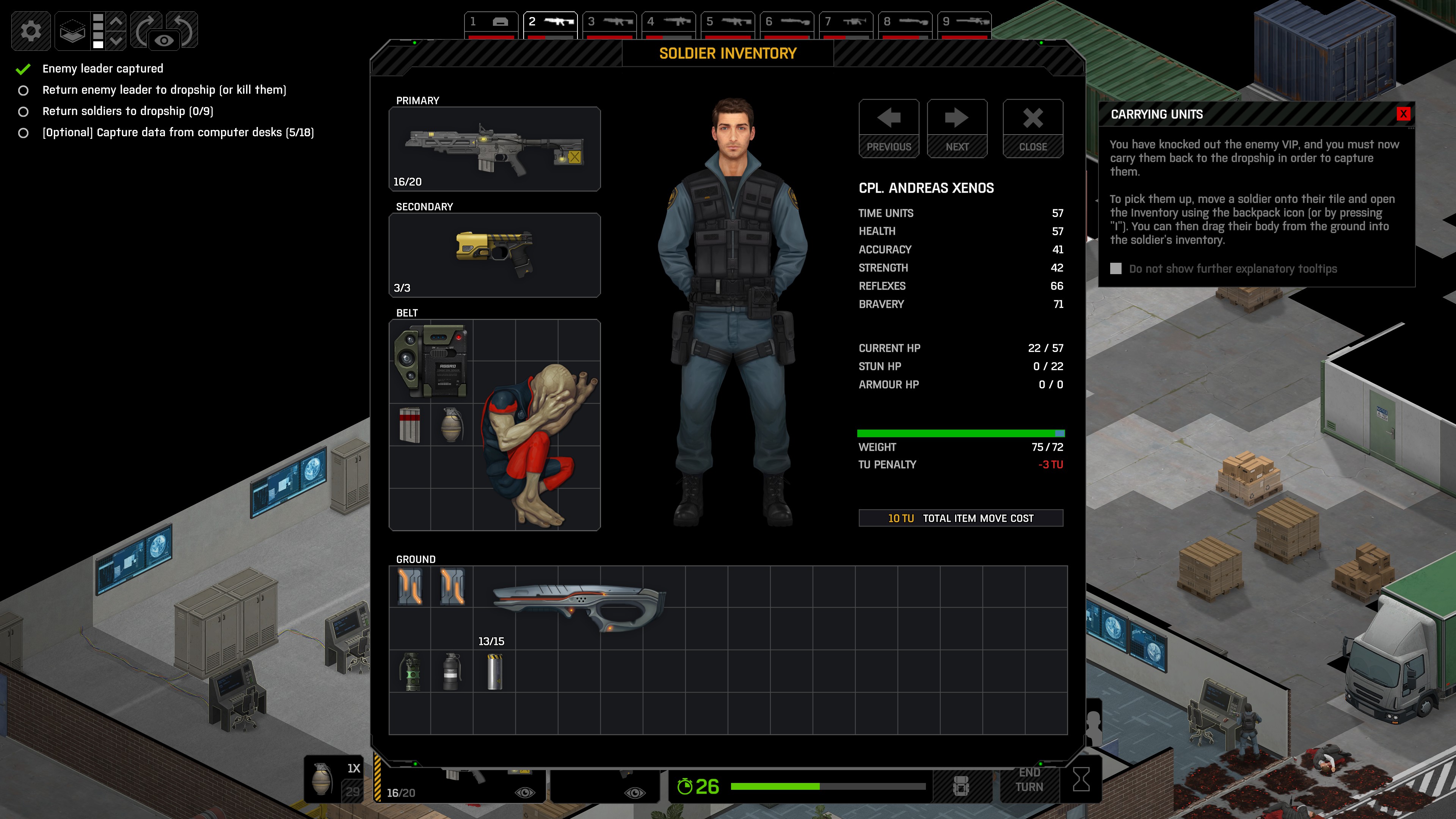
The early access version, launching July 18, provides a mostly complete campaign experience, although it becomes visibly less finished as you progress, with missing descriptions for certain events and objectives, and a latter phase that currently feels anaemic. Still, If you're happy to play XCOM again, then Xenonauts 2 is a perfectly acceptable way to do that.
Shooting down UFOs and then sending vulnerable humans to secure the crash site is a loop that still works for me, and Xenonauts' classically minded tactics are as rewarding as they are ruthless. But I wouldn't have said no to something more daring, that tried a little harder to put a new spin on an old adversary.







